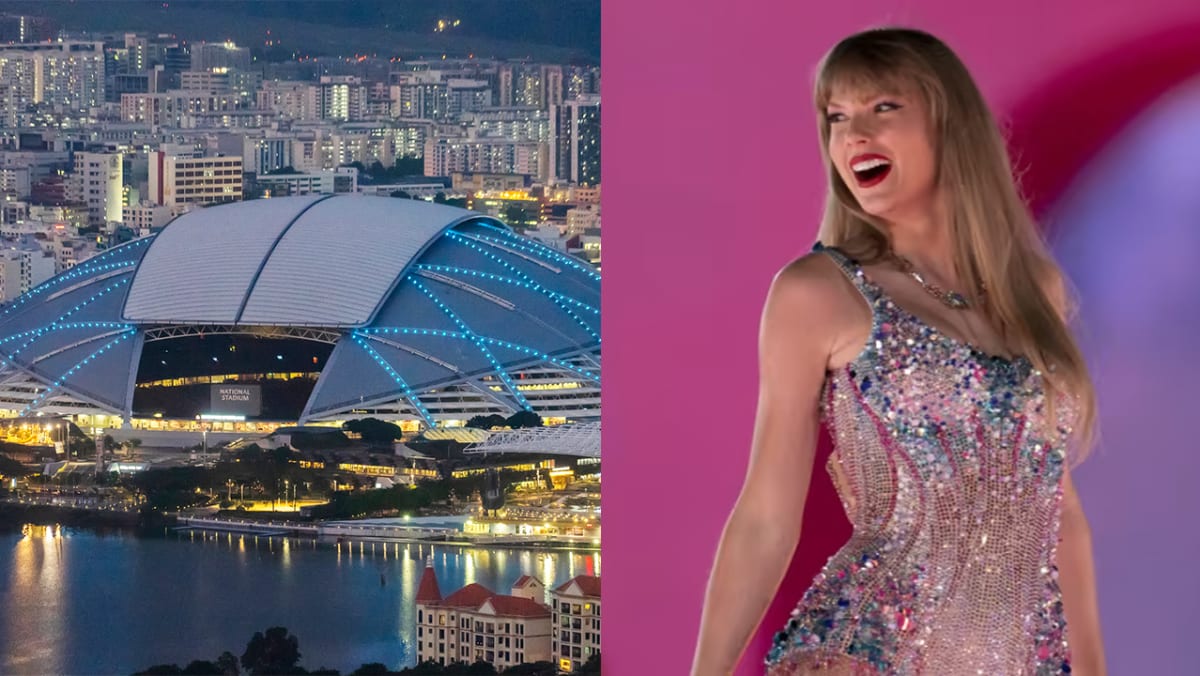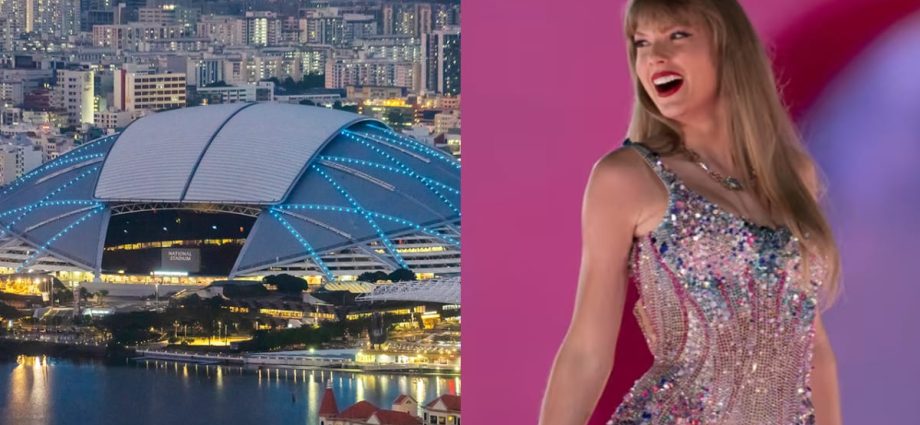
Another factor that could affect sound quality is the temperature at a venue, Mr Spencer pointed out.
The heat at the National Stadium during K-pop band Blackpink’s concert in May made headlines, even though there were no reports of sound issues.
“Sound propagates through the air, like through waves. The warmer it is, the less dense the air; the colder it gets, the air is actually more dense, so it’s harder to (have) sound especially in the higher frequencies which is where all the clarity is,” he explained.
But in Singapore, it’s humid most of the time, he said. “If there’s a lot of moisture in the air, that also stops the propagation of sound.
“Essentially, if you really want good sound, you need to be near the speakers because then you have very direct sound,” he added.
“You (want to) try to give everybody direct sound rather than giving reflections. But in order for that to happen, you need to deploy more speakers, which is more budget and more setup time as well. It’s more manpower, more cost.”
ECONOMICS OF CONCERT BUSINESS
With internationally acclaimed artistes like Coldplay and Taylor Swift making Singapore a multi-day tour stop, the country is on its way to cementing its branding as an entertainment hub, tourism experts previously told CNA.
Such artistes are drawn to Singapore for various reasons including its state-of-the-art event facilities, easy connectivity to other Southeast Asian cities, stable governance and promotion efforts by the Singapore Tourism Board.
As such, despite the National Stadium’s limitations, turning it into a concert venue boils down to business, said LAMC’s Mr Knudson.
“Sports arenas are generally not designed for live music, but the economics of the concert business require them to be used because they can accommodate higher capacities.”
Selecting the venue is also about dollars and cents, as concert promoters who pay for the audio equipment for the artiste will have to balance between expenditure and profit, said Mr Spencer.
Illustrating the eye-watering cost of renting audio equipment, he noted that most companies charge per concert day with rehearsals costing an additional sum. Should artistes choose to put in temporary infrastructure, the cost of venue rental also increases.
“If we’re looking at something the size of Coldplay, the rental will be north of S$250,000 for the entire week just for the audio itself. Whereas if you’re looking at Indoor Stadium, that S$250,000 will give you your entire production – lighting, sound, video and whatever else,” he said.
Ultimately, a concert promoter’s venue choice is “very dependent” on the genre, the artiste and “especially the artiste’s fan base, the size of their fanbase and the expectations of the artiste and their fanbase”, added Mr Knudson.
He acknowledged that a venue is “critically important” to create “the vibe of the show” for the artiste and fans, as the sound and ambience of the venue will help make the show a success.
But in the end, the “most important element is always the artiste”, he added. “Fans will generally go wherever their favourite artiste performs.”

